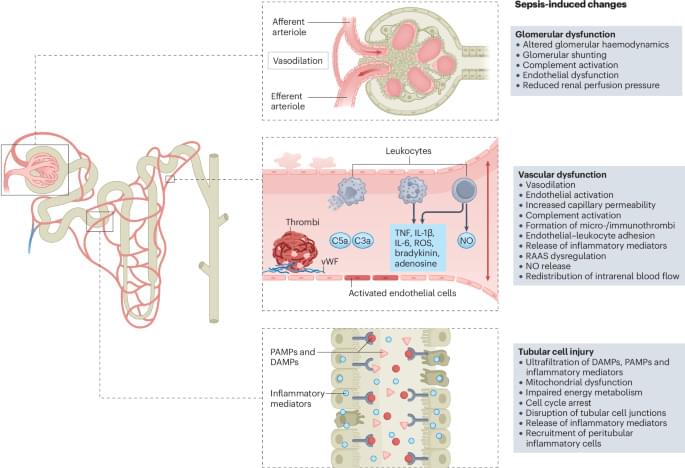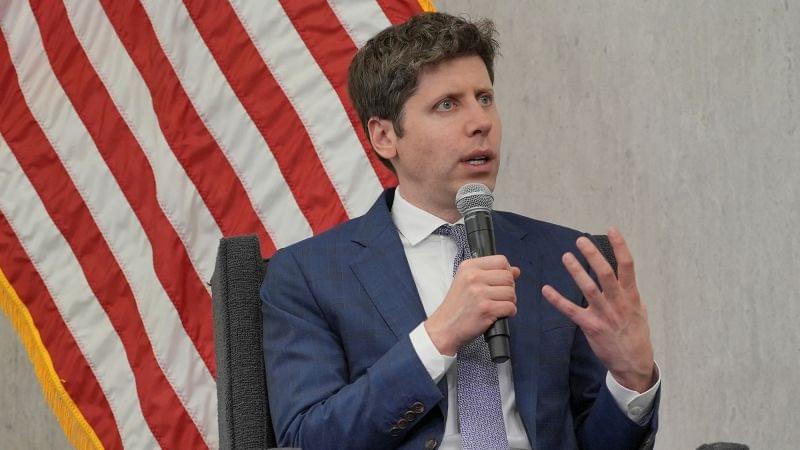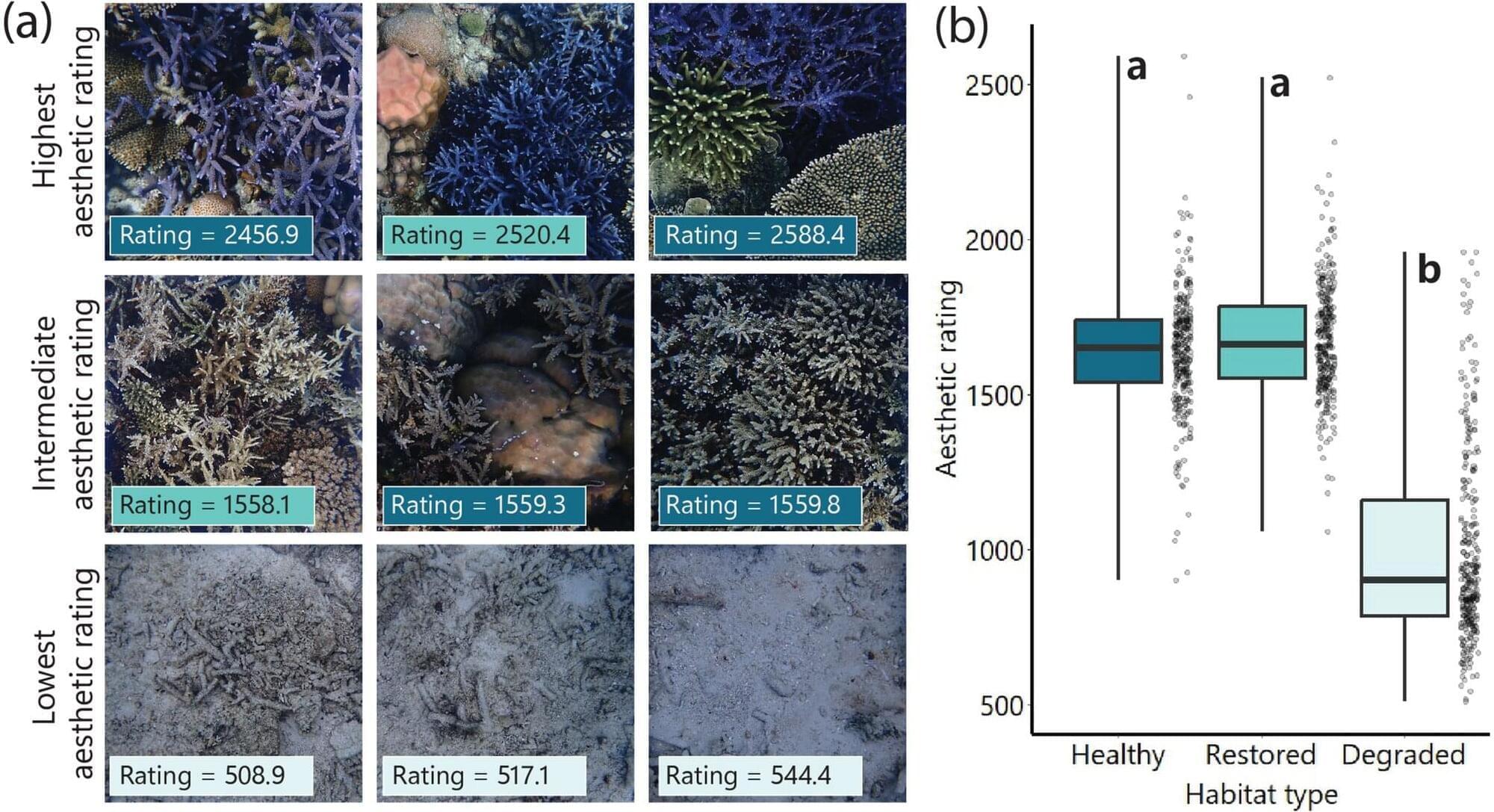AI experts warn that AI could eliminate millions of jobs, and advocates for Universal Basic Income believe such a system might become necessary.
Category: economics – Page 11

A high-tech park is being built in Killeen
The establishment of a new business park in Killeen is underway.
Wolf Technology Park is set to inhabit 94-acres of real estate located on Texas Highway 195 in south Killeen.
“Wolf Technology Park is a cornerstone of our strategy to attract next-generation employers to Killeen,” Tyler Robert, vice president of the Killeen Economic Development Corporation, said. “With infrastructure investments already in place and sites ready for development, the park is well-positioned to support advanced manufacturing, federal services, health and life sciences, research and development, cybersecurity and semiconductor-related industries.”


OpenAI CEO Sam Altman warns of an AI ‘fraud crisis’
OpenAI CEO Sam Altman says the world may be on the precipice of a “fraud crisis” because of how artificial intelligence could enable bad actors to impersonate other people.
“A thing that terrifies me is apparently there are still some financial institutions that will accept a voice print as authentication for you to move a lot of money or do something else — you say a challenge phrase, and they just do it,” Altman said. “That is a crazy thing to still be doing… AI has fully defeated most of the ways that people authenticate currently, other than passwords.”
The comments were part of his wide-ranging interview about the economic and societal impacts of AI at the Federal Reserve on Tuesday. He also told the audience, which included, representatives of large US financial institutions, about the role he expects AI to play in the economy.

Pacific Northwest tech pioneers team up in quantum realms and on the space frontier
BELLEVUE, Wash. — Quantum physics and outer space may seem as different as two tech frontiers can be, but the challenges facing Pacific Northwest ventures that are aiming to make their fortune on those frontiers are surprisingly similar.
Amid the current turbulence on the national political scene, it’s getting harder to capture the attention — and gain the support — of the federal government, which has historically been the leading funder of research and development. And that means it’s more important than ever for researchers, industry leaders and local officials to join forces.
“Think of it as a triad,” said Jason Yager, executive director of the Montana Photonics and Quantum Alliance, which is one of the beneficiaries of a $41 million Tech Hub grant awarded by the federal government a year ago. “If all of these pieces are working together, then where they meet is socio-economic growth, and then you’re ready to bring in the additional funding to launch that.”

Evaluating AI and machine learning models in cheminformatics: benchmarking techniques and case studies
We use essential cookies to make sure the site can function. We also use optional cookies for advertising, personalisation of content, usage analysis, and social media.
By accepting optional cookies, you consent to the processing of your personal data — including transfers to third parties. Some third parties are outside of the European Economic Area, with varying standards of data protection.
See our privacy policy for more information on the use of your personal data.
Tesla Autonomy Is AI’s Crowning Jewel; Diner Goes World Wide; Japan Trade Deal Announced
Questions to inspire discussion.
⚡ Q: What advantages does XAI’s proprietary cluster offer? A: XAI’s proprietary clusters, designed specifically for training, are uncatchable by competitors as they can’t be bought with money, creating an unbreachable moat in AI development.
Tesla’s Autonomy and Robotaxis.
🚗 Q: When is Tesla expected to launch unsupervised FSD? A: Tesla is expected to launch unsupervised FSD in the third quarter after polishing and testing, with version 14 potentially being unsupervised even if not allowed for public use.
🤖 Q: What is the significance of Tesla’s upcoming robotaxi launch? A: Tesla’s robotaxi launch is anticipated to be a historic moment, demonstrating that the complexity of autonomous driving technology has been overcome, allowing for leverage and scaling.
💰 Q: How might Tesla monetize its Autonomy feature? A: Tesla may charge monthly fees of $50-$100 for unsupervised use, including insurance, on top of personal insurance costs.

The AI arms race with China demands scale. The West must think bigger
Size matters. Economists have long known that; economies of scale are among the building blocks of their science. In the digital era, it quickly became apparent that value was directly proportional to the size of the network (the number of users linked by a particular technology or system).
The race to create scale is critical amid the sizzling geopolitical competition over leadership in new technologies. It has assumed even greater urgency in Western capitals in the wake of China’s success in that race. They’ve had to reconceptualize scale to overcome the advantages China has a result of the size of its economy and its population. It’s a work in progress and the results are mixed, at best.
For those who’ve forgotten their introductory economics, economies of scale are cost advantages created by expanding operations. As companies build more products, they become more efficient, reducing cost per unit. This allows them to produce even more of that product, reinforcing their competitive advantage and keep the virtuous circle turning.

The beauty of coral reefs is key to their survival—so we came up with a way to measure it
Why do people care about coral reefs? Why does their damage cause such concern and outrage? What drives people to go to great lengths to protect and restore them?
Of course, it’s partly because of their ecological importance and economic value —but it’s also because they are beautiful. Healthy coral reefs are among the most visually spectacular ecosystems on the planet—and this beauty is far from superficial. It underpins cultural heritage value, supports tourism industries, encourages ocean stewardship and deepens people’s emotional connections to the sea.
But how can such beauty be measured? And when it is destroyed, can it be rebuilt?

Space systems degrees program meets the challenge of modern engineering
Purdue University is standing at the forefront of expanding space exploration and a future economy with the creation of the first-ever Comprehensive Space Engineering Degrees Program in the country.
The program combines both a new online master’s degree in space systems engineering and a new space engineering undergraduate certificate to the established array of cutting-edge programs in the College of Engineering.
The Comprehensive Space Engineering Degrees Program is the latest learning opportunity at Purdue, reflecting a demand for aerospace engineers around the world. The School of Aeronautics and Astronautics continues to offer a variety of important specializations within the undergraduate and graduate degree programs.
(Online programs 😍)
Purdue has the first-ever Comprehensive Space Engineering Degrees Program with offerings ranging an online master’s degree to undergraduate space certificate.